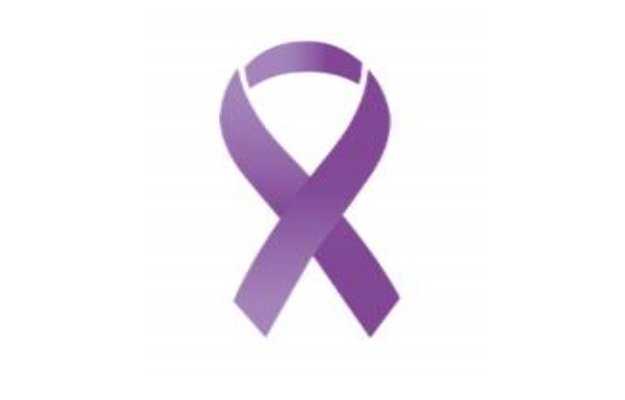What is vulvar cancer?
Vulvar cancer is seen mainly in elderly postmenopausal women. It accounts for 6% of gynaecological malignancies and 0.7% of all cancer in women. The labia majora or the thick lip-like covering over the vagina is the most commonly affected site in vulvar cancer. In majority of the cases, vulvar cancer is of the squamous cell type and could be further classified into keratinizing, basaloid, and verrucous types based on the form.
What are its main signs and symptoms?
Early clinical signs and symptoms of vulvar cancer include:
- Itching of genitals
- Ulceration
- Bleeding
- Vaginal discharge
- Pain
- Swelling, lump or ulcer
- Leukoplakia
- Enlarged groin lymph nodes
What are the main causes and risk factors?
Common factors include:
- Age over 50 years
- Human papilloma virus (HPV) infection
- Presence of vulvar intraepithelial neoplasia (VIN)- a precancerous lesion
- Presence of lichen sclerosus et atrophicus (thick itchy plaque formation over vaginal skin)
- Sexually transmitted infections
Uncommon factors include:
- Smoking
- Kidney transplants
- Systemic lupus erythematosus (SLE)
- Chronic use of immunosuppressant drugs
- Psoriasis
How is it diagnosed and treated?
For the diagnosis, a biopsy is done to confirm and stage the type of vulvar cancer. Biopsy also helps to determine the tumour size, depth of invasion, and nodal involvement (lymph nodes). Other investigations include complete biochemical testing, chest X-ray, and abdominal or pelvic CT scan, PET CT scan to look for metastasis.
Treatment involves radiotherapy, chemotherapy, and biological therapy using Imiquimod as a topical cream to treat vulvar cancer. Surgical interventions include laser surgery, skinning vulvectomy (removal of the superficial layer of cancerous tissue) and radical vulvectomy (removal of entire vulva including the clitoris, vaginal lips, vaginal opening, and nearby lymph nodes).
There are several steps one can take to help prevent vulvar cancer:
- Avoid smoking
- Regular cervical smear tests
- Have safe sex
- Vaccination against human papillomavirus.
















